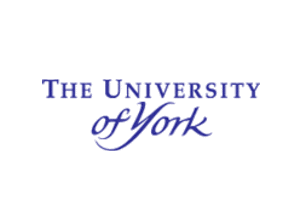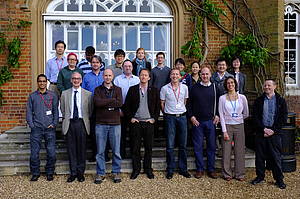DAASE (Dynamic Adaptive Automated Software Engineering) is a five site project between UCL, Stirling, Birmingham, Queen Mary and Sheffield and previously York. The lead at each site is, respectively, Dr Barr, Dr Ochoa, Professors Yao, Burke and Clark. With Dr Barr as the overall project director who took over from Professor Harman in February 2017. The project also has a growing list of industrial partners, which currently includes Air France - KLM, Berner and Mattner, BT Laboratories, Dstl, Ericsson, GCHQ, Honda Research Institute Europe, IBM, Microsoft Research and VISA UK.
DAASE builds on two successful longer larger projects, funded by the EPSRC and which were widely regarded as highly successful and ground breaking. The project also draws inspiration and support from and feeds into the rapidly growing worldwide Search Based Software Engineering (SBSE) community. A repository of SBSE papers and people can be found here.
Current software development processes are expensive, laborious and error prone. They achieve adaptivity at only a glacial pace, largely through enormous human effort, forcing highly skilled engineers to waste significant time adapting many tedious implementation details. Often, the resulting software is equally inflexible, forcing users to also rely on their innate human adaptivity to find "workarounds". Yet software is one of the most inherently flexible engineering materials with which we have worked, DAASE seeks to use computational search as an overall approach to achieve the software's full potential for flexibility and adaptivity. In so-doing we will be creating new ways to develop and deploy software. This is the new approach to software engineering DAASE seeks to create. It places computational search at the heart of the processes and products it creates and embeds adaptivity into both. DAASE will also create an array of new processes, methods, techniques and tools for a new kind of software engineering, radically transforming the theory and practice of software engineering.
 |  |  | |||||||||
|---|---|---|---|---|---|---|---|---|---|---|---|
 |  |  | |||||||||
 | |||||||||||
